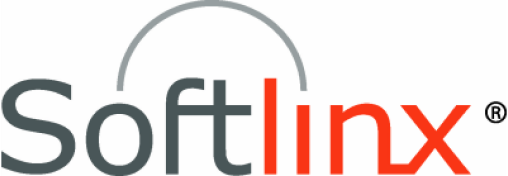In the healthcare industry, efficient medical billing processes are crucial for maintaining the financial health of medical practices and ensuring the smooth operation of patient care services. A well-structured billing system not only guarantees that healthcare providers are compensated for the services they deliver, but it also plays a significant role in the overall patient experience. Slow or inaccurate billing processes can lead to delayed payments, financial strain on healthcare organizations, and frustration for patients who may face unexpected or incorrect charges.
As healthcare providers seek to streamline their operations, adopting technological solutions that enhance billing efficiency is critical. One such tool gaining widespread attention is cloud faxing, a modern solution designed to overcome many of the challenges associated with traditional billing methods. Read on to learn more from Softlinx.
Cloud Fax Solutions as a Tool for Streamlining Billing Operations
Cloud fax solutions provide a digital alternative to the traditional fax machines that have long been a staple in medical billing offices. With cloud fax, documents can be securely transmitted and received over the internet. This eliminates the need for physical machines, paper, and ink. This transition from manual, paper-based faxing to cloud-based systems has a profound impact on the efficiency of billing departments. By integrating cloud fax with existing medical billing software, healthcare providers can automate the transfer of billing documents, reduce errors, and accelerate the payment process. Cloud faxing helps solve many of the challenges that plague traditional billing processes, such as:- Manual paper handling
- Payment delays
- Compliance issues
- Lost or misplaced documents
- Time-consuming data entry
- High operational costs related to paper and fax machine maintenance
- Security risks from unauthorized access to physical documents
- Difficulty tracking document status and submission timelines
What is the Medical Billing Process?
Overview of Medical Billing
Medical billing is the process through which healthcare providers submit claims to insurance companies or patients to receive payment for services rendered. It is an integral part of the healthcare revenue cycle, which involves everything from patient registration to the collection of payments. The goal of medical billing is to ensure that healthcare providers are accurately reimbursed for the care they provide, while also managing patient accounts and addressing any discrepancies in billing or payments.Key Steps in the Medical Billing Process
- Patient Registration: The billing process begins with patient registration. At this point, essential information such as personal details, insurance coverage, and contact information is collected. This step ensures that the healthcare provider has the necessary information to submit claims to the correct insurance companies.
- Insurance Verification: Before medical services are provided, the billing department verifies the patient’s insurance eligibility and coverage to avoid potential issues with denied claims later on.
- Charge Entry: After services are provided, the healthcare provider documents the care given and assigns appropriate billing codes based on the services rendered. These codes are essential for creating accurate claims.
- Claim Submission: Once all the relevant information has been collected, the medical billing department prepares and submits claims to the insurance company for payment.
- Payment Posting: After the insurance company processes the claim, payments are posted to the patient’s account. Any discrepancies between the billed amount and the paid amount are resolved at this stage.
- Denial Management: In cases where a claim is denied or rejected, the billing team must investigate the reason for denial, correct any errors, and resubmit the claim if necessary.
- Patient Billing: Finally, once insurance payments are received, patients are billed for any remaining balances, such as copayments or deductibles.
Challenges in Traditional Medical Billing Processes
Manual Paper Handling
Handling physical documents in medical billing processes can be both time-consuming and error-prone. Paperwork can be lost, damaged, or incorrectly filed, leading to delays in claim submissions and payment processing. Manual data entry further increases the risk of human error, resulting in incorrect billing information being submitted to insurance companies.Delays in Payment Processing
Traditional billing processes often rely on slow document transmission methods, such as physical fax machines, which can significantly delay the submission of claims and subsequent payment. These delays negatively impact the cash flow of healthcare providers, potentially leading to financial difficulties.Compliance and Security Concerns
Ensuring compliance with regulations like the Health Insurance Portability and Accountability Act (HIPAA) is a significant concern in traditional billing processes. Traditional fax machines can pose security risks, as they often transmit sensitive patient information without encryption, leaving it vulnerable to unauthorized access.Errors and Miscommunication
Billing errors, whether due to incorrect documentation or miscommunication between departments, can result in claim denials or patient dissatisfaction. These errors complicate the revenue cycle and can lead to financial losses for healthcare providers.Claim Dispute Reconciliation
A significant challenge in traditional medical billing processes is the time-consuming task of reconciling claim disputes. When claims are denied or discrepancies arise between the billed and paid amounts, healthcare providers must engage in back-and-forth communication with insurance companies to resolve the issue. This process can lead to delays in payment, increased administrative workload, and frustration for both providers and patients. With cloud fax solutions, claim dispute reconciliation is made more efficient by providing a secure and organized method of transmitting and receiving all necessary documentation. This includes:- Sending additional records, corrections, or justifications
- Ensuring that claims are processed faster
- Resolving disputes in a timely manner

